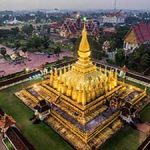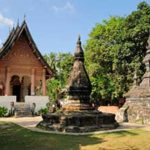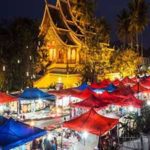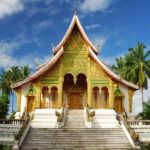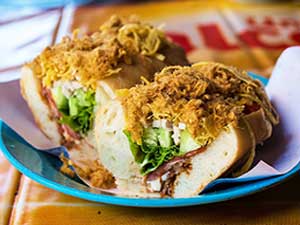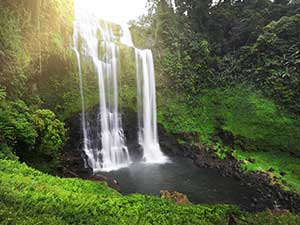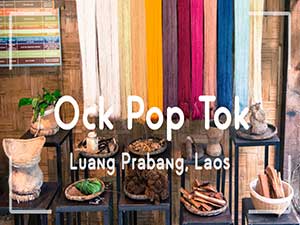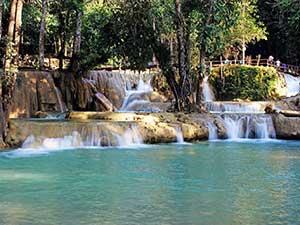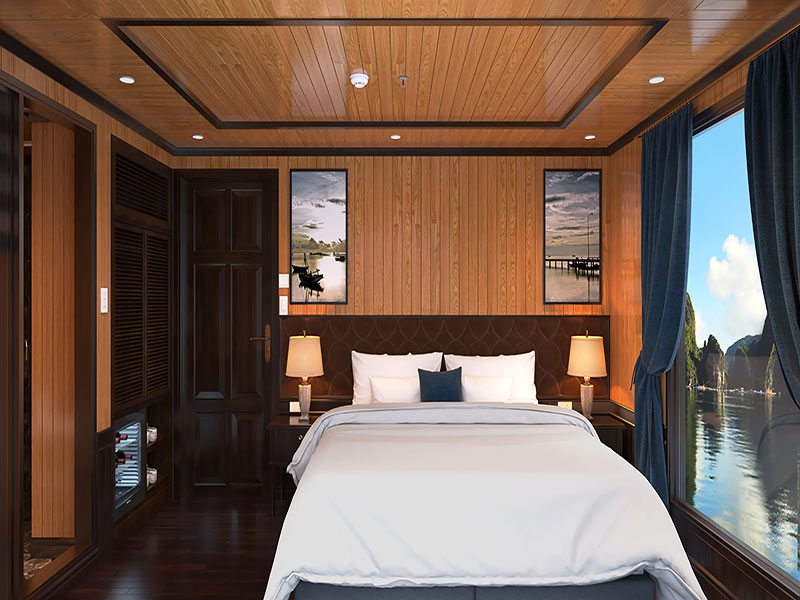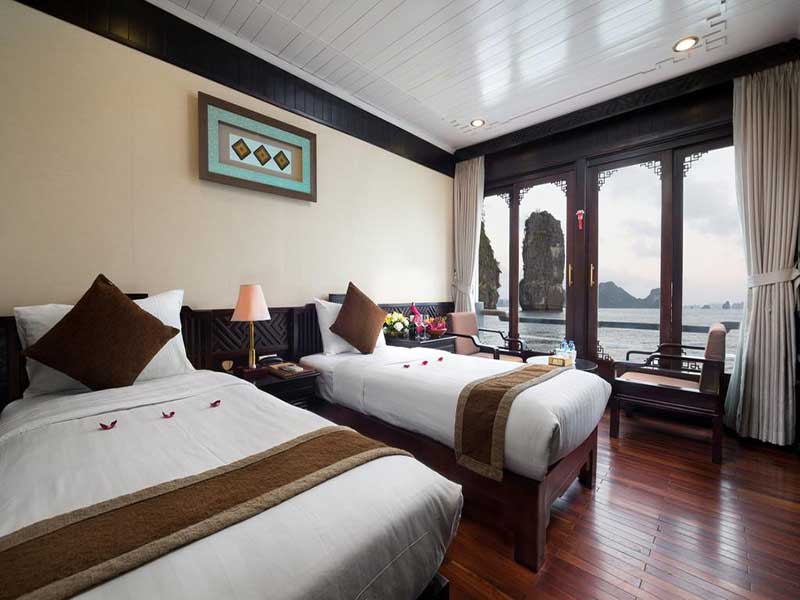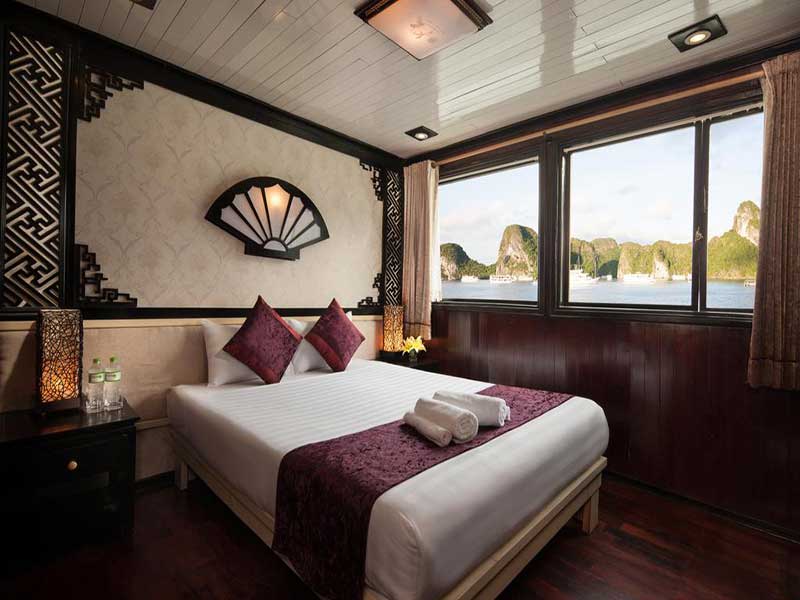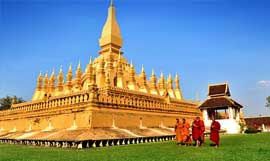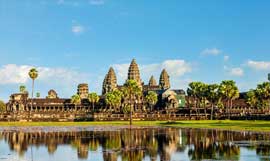When visiting Luang Prabang, tourists often see the monks go begging in the streets. As a Buddhist country, the monks’ beggar image became a cultural feature when people reminding of Laos. Alms giving ceremony has becoming its own attractiveness in the culture of Laos in general and Luang Prabang in particular.

(Source: internet)
Luang Prabang has a number of regulations on the viewing Alms giving ceremony as follows:
1. Worship must be made at home, or purchased from the market, worship is not allowed to conduct at the spot where the monks go.
2. Do not take the flashlight when taking a monk photo or cross the monk’s path.
3. Do not sit in the car or any other moving means after the monks to film, take pictures.
4. No one can look down on the monks from above, like the balcony or the stairs on either side of the road.

(Source: the internet)
After gathering, stabilizing the position, monks began begging around the city. The leading monks are the old monks and followed by the young monks. All are begging on the barefoot. Then to each intersection, the group divided into many village radial directions.
In the tradition of the Buddhist monks, each monk’s begging session does not take more than seven wholesale jerseys, in turn the order of the monks goes, regardless of whether the house is rich or poor. They do not ignore any houses, look ahead, chat loudly or stand in front of the market. The bowls of the monks when begging are usually made of ceramic coated, not made of precious metal, copper or silver-plated, with strap and cloth cover.
When monks go begging, people kneel by the road waiting or place offerings on a small table in front of each house to offer gifts. They also scooped up a cross-section of cloth, embroidered beautifully, and did not wear shoes to show their respect.
Gifts for the monks include sticky rice, breads, water and cooked foods so that the monks eat every day. Offerings, fried foods and money are not accepted. The monks receive alms and prayers and bless everyone. Water is scattered to the ground, falling into the trees as a prayer to those who have died the peaceful petition. The monks, after pouring around the city, gather monks and eat breakfast.
Normally, every day they eat only one meal before the sun shines out. The alms offering usually divided into four sections. Part one is for the monks if they do not have or have less, the second part is for the poor, the part is for living animals such as cats and dogs, and the part for the monks. When using food, in the mind of a spiritual practitioner is only to maintain life, not hasty, do not discard the bad food. From then to noon, monks participate in meditation, cultivate and learn activities, without having to eat anything else, drink only water and occasionally eat candies.
At the beginning of the month, the monks do not go begging, but they come to the temples. Each person brings a present in a large bowl, lits incense lamps and prays for the monks. Before going to the main hall, they cut down their costumes and set up their own costumes (a diagonal cross, beautiful embroidery). The monks meditate at the main hall, the people offer the offerings directly to them, the young monks put the bowl on the long table, people put offerings in rows, in turn put items in each bowl. After the ceremony, the young monks come down for their bowls.
Almsgiving is one of many forms of Buddhist practice. This tradition helps the practitioners abandon the greed and indirectly create merit for the person offering the item. Because of this reason, almsgiving has become a living lifestyle familiar to the people here. This is a unique feature of Laos tourism, which is an opportunity for visitors to learn more about the beauty of culture.
Explore more article: Luang Prabang Elephant Camp; Huean Chan House; Tad Sae Waterfall; Wat Aham; Wat Mai Suwannaphumaham temple; Luang Prabang night market; Ban Xang Khong weaving village; Wat Visoun; Wat Long Khoun; Wat Xieng Thong; Royal Palace Museum Luang Prabang; Pak Ou cave; Mount Phousi; Kuang Si waterfall

